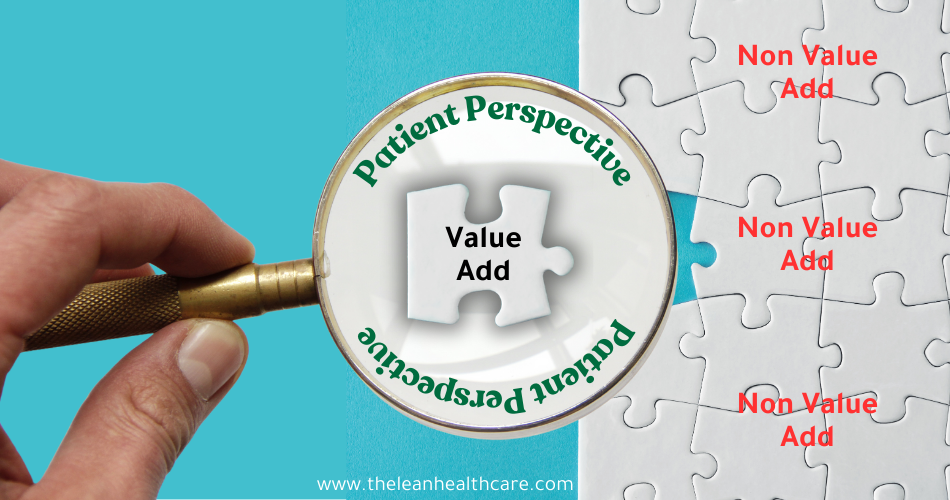A hospital is a complex system that delivers services to its primary customers: patients. Like any other service provider or organization that produces products or delivers services, hospitals aim to generate revenue and profits while providing the services their customers need. This means that hospitals charge patients for the costs of delivering services, plus the profit margins they aim to achieve. Hence “Patient Perspective” matters a lot.

The equation is simple: hospitals need their customers (patients) to generate revenue and profits. Patients will only choose a hospital if it delivers high-quality care at a reasonable price and on time. Cost, quality, and delivery are the same parameters on which existing and potential patients gauge a hospital’s performance. As Deming emphasized, quality is the most crucial factor for any organization to focus on. In hospitals, this becomes even more important because they deal with human lives, and human lives matter a lot.
Every hospital can deliver quality care if it has unlimited money, allowing them to bring in the best doctors, equipment, and resources. However, this is not the case. Hospitals need to earn money and reinvest part of their profits into strengthening their systems and improving infrastructure. Moreover, hospitals must compete with other hospitals for the same pool of customers. In this competitive market, it becomes even more important for every hospital to aim at delivering maximum value to patients at optimized costs.
Patient Perspective
This is where the concept of “Defining Value” from the patient’s perspective becomes critical. In hospitals, creating a value stream that mostly contains value-added activities is the only way to maximize value for patients while minimizing costs.
The way to achieve this is not by being defensive about current practices but by looking at activities from the patient’s perspective. Ask the questions, “Is a patient willing to pay for this activity?” and “Does it add any value from the patient’s perspective?” Every employee might think what they are doing is important and adds value, but that definition is often from their perspective, not the patient’s.
For instance, a carpenter, plumber, or electrician working to fix a defect may see their work as essential, but the patient doesn’t care about it. It doesn’t add value to them. Similarly, a nurse spending hours updating documents in the system may see this as a valuable task, but from the patient’s perspective, it doesn’t add value—it takes time away from patient care.
For a patient visiting the hospital, the only true value-added activity is “seeing the doctor.” Every other activity, from parking and finding the way to reception, to filling out forms and waiting for the doctor, is non-value-added. Ask a patient, and they would likely say the same thing.
The only way a hospital can maximize value and minimize costs is if each staff member starts seeing activities from the patient’s perspective and stops being emotional about their tasks. Lean thinking, a methodology for identifying and eliminating waste, provides an excellent starting point for caregivers to learn how to identify non-value-added activities and start minimizing or eliminating them.
By adopting this mindset, hospitals can improve efficiency, reduce costs, and, most importantly, enhance the patient experience.
Key Takeaways
- Patient-Centric Perspective: Always evaluate hospital activities from the patient’s viewpoint to ensure they add genuine value to their care experience.
- Focus on Quality: Prioritize quality in healthcare delivery, as it significantly impacts patient satisfaction and hospital reputation.
- Eliminate Non-Value-Added Activities: Identify and reduce activities that do not directly benefit patients to streamline operations and reduce costs.
- Lean Thinking: Implement lean principles to continuously identify and eliminate waste, enhancing overall efficiency and patient care.
- Continuous Improvement: Invest in systems and processes that promote ongoing improvements in healthcare delivery, ensuring sustainable growth and patient satisfaction